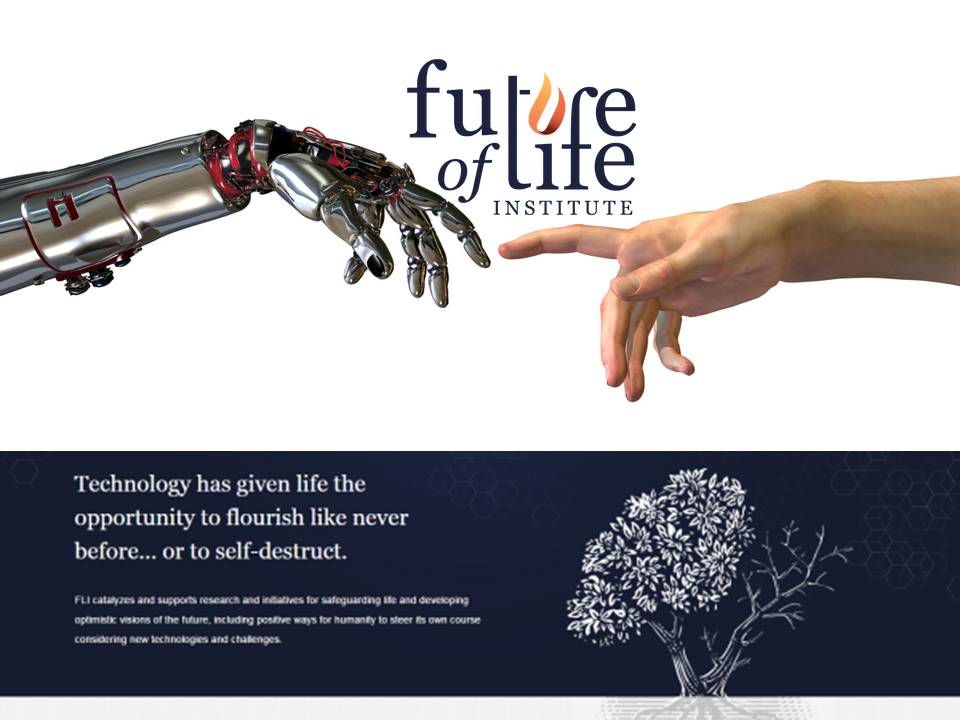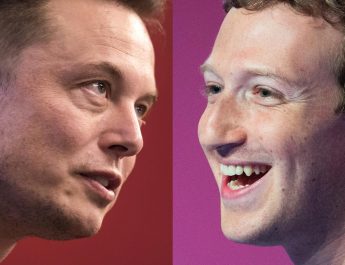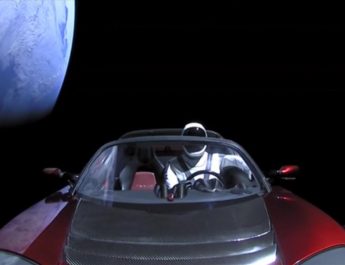The serial entrepreneur Tesla CEO Elon Musk took part in an engaging 40-minute interview with TED’s Chris Anderson on Friday, April 28, 2017 at the TED 2017 conference in Vancouver.
Elon Musk discusses his new project digging tunnels under LA, the latest from Tesla and SpaceX and his motivation for building a future on Mars in conversation with TED’s Head Curator, Chris Anderson.
Chris Anderson, sat down with SpaceX and Tesla CEO Elon Musk for an interview about what to expect over the next decade in technology. And if things play out the way Musk predicts, we’re going to have a lot more batteries, a lot more rockets, and at least one not-sad real-life Tony Stark.
Musk also discussed one of his, and Tesla’s, core goals: accelerating the advent of sustainable energy and sustainable transportation.
Musk discussed numerous other points…………
“We’re trying to dig a hole under LA, and this is to create the beginning of what will be a 3D network of tunnels to alleviate congestion,”
“You should be able to get from Westwood to LAX in 5-6 minutes,” Musk says
“I do rockets, so I like things that fly,” Musk says. “There’s a challenge of flying cars in that they’ll be quite noisy. If something’s flying over your head, a whole bunch of flying cars going all over the place, that is not an anxiety-reducing situation … You’ll be thinking, ‘Did they service their hubcap, or is it going to come off and guillotine me?’”
“When it’s running full speed, you can’t see the cells without a strobe light,” Musk says as a video of the factory pumping out Li-ion batteries plays behind him. Musk thinks we’ll need about 100 such factories to power the world in a future where we don’t feel guilty about using and producing energy, and Tesla plans to announce locations for another four Gigafactories late this year. “We need to address a global market,” Musk says, hinting that the new factories will be spread out across the world.

“It’s the first reflight of an old booster where that reflight is relevant,” Musk says. “Reusability is only relevant if it is rapid and complete, like an aircraft or a car … You don’t send your aircraft into Boeing in between flights.”
“The thrust level for this configuration is about four times the thrust of a Saturn V moon rocket,” the biggest rocket humanity has ever created, he says. “In units of 747s, this would be the thrust equivalent of 120 747s with all engines blazing.” The rocket is so massive that it could take a fully-loaded 747 as cargo. While it may seem large now, “future spacecraft will make this look like a rowboat,” Musk says.
“There have to be reasons that you get up in the morning and you want to live. Why do you want to live? What’s the point? What inspires you? What do you love about the future? If the future does not include being out there among the stars and being a multi-planet species, I find that incredibly depressing,” Musk says.
“The value of beauty and inspiration is very much underrated, no question,” Musk says, “But I want to be clear: I’m not trying to be anyone’s savior. I’m just trying to think about the future and not be sad.” (http://blog.ted.com)

Elon Musk is the CEO and product architect of Tesla Motors and the CEO/CTO of Space Exploration Technologies (SpaceX).
At SpaceX, Musk oversees the development of rockets and spacecraft for missions to Earth orbit and ultimately to other planets. In 2008, SpaceX’s Falcon 9 rocket and Dragon spacecraft won the NASA contract to provide cargo transport to space. In 2012, SpaceX became the first commercial company to dock with the International Space Station and return cargo to Earth with the Dragon.
At Tesla, Musk has overseen product development and design from the beginning, including the all-electric Tesla Roadster, Model S and Model X, and the rollout of Supercharger stations to keep the cars juiced up. (Some of the charging stations use solar energy systems from SolarCity, of which Musk is the non-executive chair.) Transitioning to a sustainable energy economy, in which electric vehicles play a pivotal role, has been one of his central interests for almost two decades. He co-founded PayPal and served as the company’s chair and CEO.




